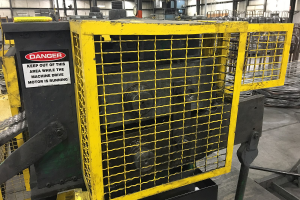Following the safety path to zero incidents
Let’s assume that you are the head of safety in your organization. The good news is that your OSHA recordable and lost work-day rates are extremely low and a point of pride for the organization. The bad news is that you seem to have hit a plateau and management keeps looking for ideas to achieve the elusive goal of zero incidents.
We’ll also assume that your manufacturing operations are well guarded, employees are trained, leading indicators are utilized and you have tried behavior-based safety approaches. What’s next?
The answer lies not in the latest program or a “silver bullet.” The solution is a long-term process of continuous improvement that engages the workforce to continually making things better. In an ideal situation, employees will take personal responsibility for their safety and look out for their colleagues. There is a foundation step before you embark on this journey:
• Employees “wanting to” be safe rather than “having to” be safe is the cornerstone of workers being responsible for their actions.
• Safety viewed as a 24-7 family-driven value is the motivator for employees “wanting to” be safe.
Ingredients of continuous improvement
Think of a continuous improvement process as a completed home that is always improved. If you only build the foundation, it won’t be a very pleasant home. Building the remaining structure requires things such as:
• Processes that communicate problems on the factory floor
• Engaging workers in identifying and mitigating hazards
• Supervisors treating employees with respect
• On-going training and hazard abatement processes
• Management communicating a personal “I care” message
• Risk assessment and other simple tools allowing employees to identify and mitigate risk without having to call the safety department
Organizations that choose this approach will reap the benefits of improved safety, quality and productivity. Remember that safety is a value – not a priority competing with the priorities of other functions. Improving safety not only improves the health and well-being of workers but also improves overall organizational performance.
If we want employees to commit to us, we need to commit to them on a personal level. That commitment can only be demonstrated with a process of continuous improvement.


